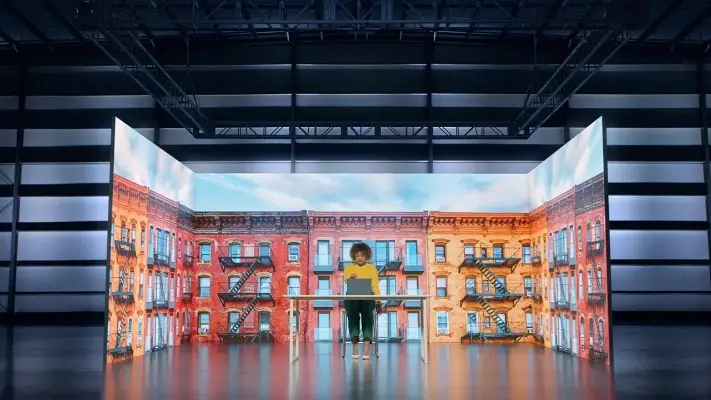The caliber of the light-emitting diode components plays a significant role in color consistency. Different types of light-emitting diodes emit light at varying frequencies, which can influence the total hue result. Premium LEDs are engineered to produce a more uniform light range, leading in improved hue accuracy. Additionally, the manufacturing process of these LEDs can impact their performance. Panels made with high-grade materials and technology tend to have fewer color variations, ensuring that the displayed images and videos look vibrant and true to life.

Calibration is another essential factor in preserving color consistency in light-emitting diode wall panels. Tuning involves adjusting the configurations of the panel to ensure that the hues shown match the intended appearance. This procedure can include fine-tuning brightness, contrast, and hue balance. Frequent calibration is essential, especially in settings where lighting conditions change often. By tuning the panels, technicians can fix any inconsistencies in color result, resulting to a more consistent viewing experience.
Environmental factors also influence color consistency in light-emitting diode wall screens. Elements such as ambient light, temperature, and humidity can affect how colors are seen. For instance, intense surrounding light can wash out colors, making them appear more lively. Similarly, harsh temperatures can influence the functionality of the LEDs, leading to color changes. To reduce these problems, it is essential to install LED wall panels in managed settings where illumination and heat can be managed effectively.
Finally, the design and arrangement of the light-emitting diode wall screens can affect color uniformity. The arrangement of the screens, as well as the spacing from which they are observed, can create differences in color perception. When panels are placed too far apart or at varied positions, audiences may detect you could try this out discrepancies in hue. To achieve the best visual performance, it is important to take into account the positioning and arrangement of the screens during setup. By tackling these elements, operators can ensure that their LED wall panels deliver a consistent and high-quality optical encounter.